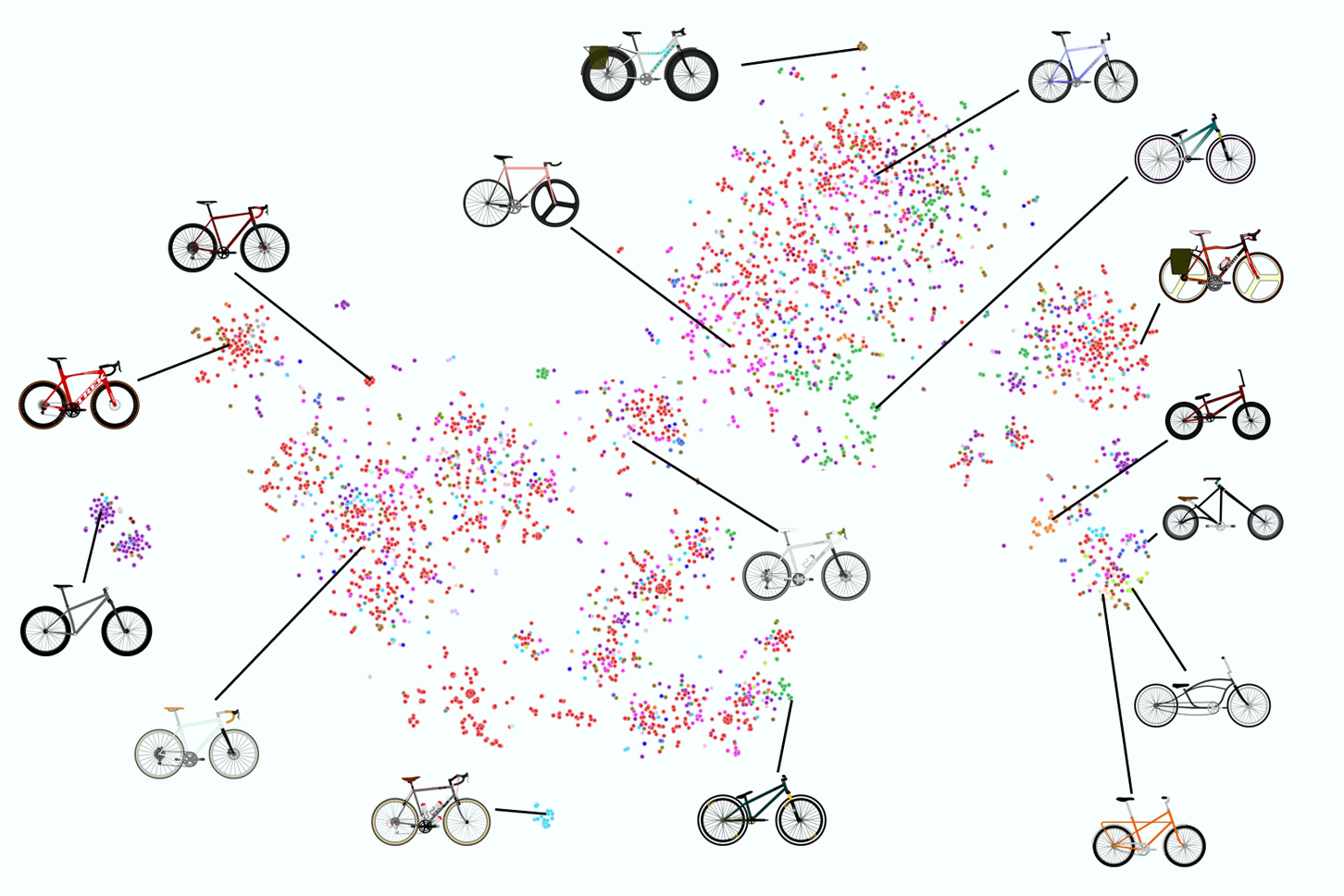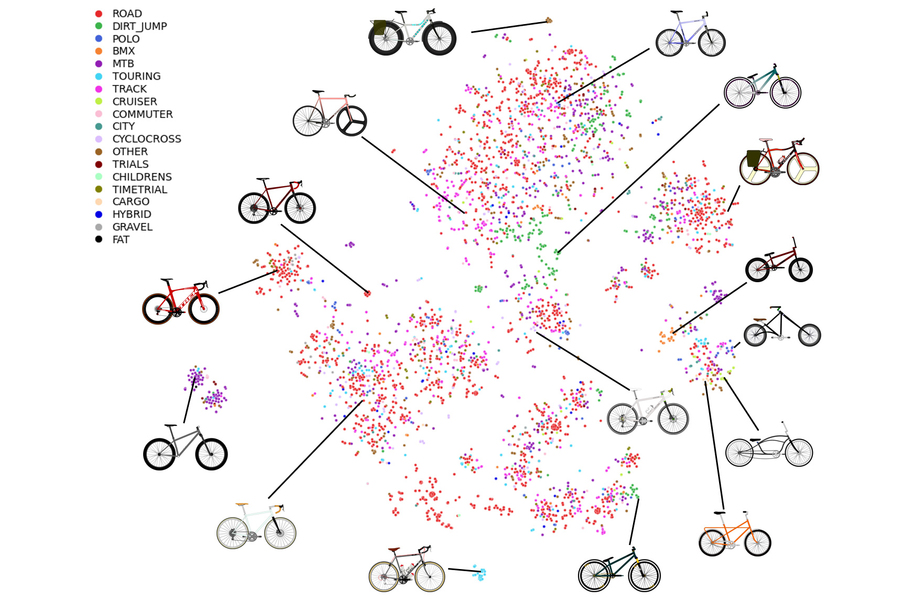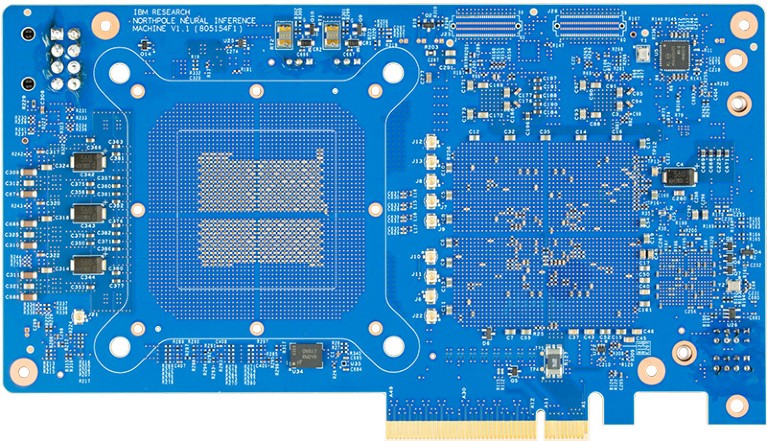
Build a personal AI assistant running on your laptop with LM Studio
If you are interested in building your very own personal AI assistant, running on your laptop or desktop PC. This guide provides an overview
Build a personal AI assistant running on your laptop with LM Studio
10:14 am October 19, 2023 By Julian Horsey
If you are interested in learning more about how you can easily create your very own personal AI assistant running it locally from your laptop or desktop PC. You might be interested in a new program and framework called LM Studio. LM Studio is a lightweight program designed to make it easy to install and use of local language models on personal computers rather than third-party servers. One of the key features of LM Studio is its user-friendly interface making it easy to manage a variety of different AI models depending on your needs all from one interface
Thanks to its minimalist UI and chatbot interface LM Studio has been specifically designed to provide users with an efficient and easy-to-use platform for running language models. This feature is particularly beneficial for users who are new to the world of large language models, as it simplifies the process of running these models locally. Which until a few months ago was quite a tricky undertaking to do but has now been simplified thanks to the likes of LM Studio and other framework such as Ollama and others.
How to run personal AI assistance locally on your laptop
One of the standout features of LM Studio is the ability for users to start their own inference server with just a few clicks. This feature offers users the ability to play around with their inferences, providing them with a deeper understanding of how these models work. Additionally, LM Studio provides a guide for choosing the right model based on the user’s RAM, further enhancing the user experience.Watch this video on YouTube.
Other articles we have written that you may find of interest on the subject of large language models :
- Build Large Language Models (LLMs) faster
- GPT-LLM-Trainer let’s you easily train large language models
- OWASP Top 10 Large Language Model (LLM) security risks
- Learn how AI large language models work
- How to build Large Language Models (LLM) and RAG pipelines
- What is a large language model LLM?
- Learn how to talk to your code using Large Language Models (LLM
- Talk with multiple AI language models simultaneously – GodMode
- What is Stable Beluga AI fine tuned large language model?
- AutoTrain lets you easily fine tune any large language model
Benefits of running LLM is locally
The benefits of running large language models on your laptop or desktop PC locally :- Hands-On Experience: Working directly with the model code allows you to understand the architecture, data preprocessing, and other technical aspects in detail.
- Customization: You have the freedom to tweak parameters, modify the architecture, or even integrate the model with other systems to see how it performs under different conditions.
- Debugging and Profiling: Running models locally makes it easier to debug issues, profile computational performance, and optimize code. You can get a clear picture of how resources like memory and CPU are utilized.
- Data Privacy: You can experiment with sensitive or proprietary datasets without sending the data over the network, thus maintaining data privacy.
- Cost-Efficiency: There’s no need to pay for cloud-based machine time for experimentation, although the upfront hardware cost and electricity can be significant.
- Offline Availability: Once downloaded and set up, the model can be run without an internet connection, allowing you to work on AI projects anywhere.
- End-to-End Understanding: Managing the entire pipeline, from data ingestion to model inference, provides a holistic view of AI systems.
- Skill Development: The experience of setting up, running, and maintaining a large-scale model can be a valuable skill set for both academic and industrial applications.
Another significant feature of LM Studio is its compatibility with any ggml Llama, MPT, and StarCoder model on Hugging Face. This includes models such as Llama 2, Orca, Vicuna, Nous Hermes, WizardCoder, MPT, among others. This wide range of compatibility allows users to explore different models, expanding their knowledge and experience in the field of large language models.
LM Studio also allows users to discover, download, and run local LMS within the application. This feature simplifies the process of finding and using different models, eliminating the need for multiple platforms or programs. Users can search for and download models that are best suited for their computer, enhancing the efficiency and effectiveness of their work.
Ensuring privacy and security is a key focus of LM Studio. The program is 100% private, using an encryption method and providing a clear statement that explains how it uses HTTP requests. This feature provides users with the assurance that their data and information are secure.
User feedback and continuous improvement are key components of LM Studio’s approach. The program has a feedback tab where users can provide constructive feedback and request features. This feature ensures that LM Studio continues to evolve and improve based on user needs and preferences. Furthermore, LM Studio has a Discord where users can get more information, provide feedback, and request features.
LM Studio is a comprehensive platform for experimenting with local and open-source Large Language Models. Its user-friendly interface, wide range of compatibility, and focus on privacy and security make it an ideal choice for users looking to explore the world of large language models. Whether you’re a seasoned professional or a beginner in the field, LM Studio offers a platform that caters to your needs.
Filed Under: Guides, Top News



















